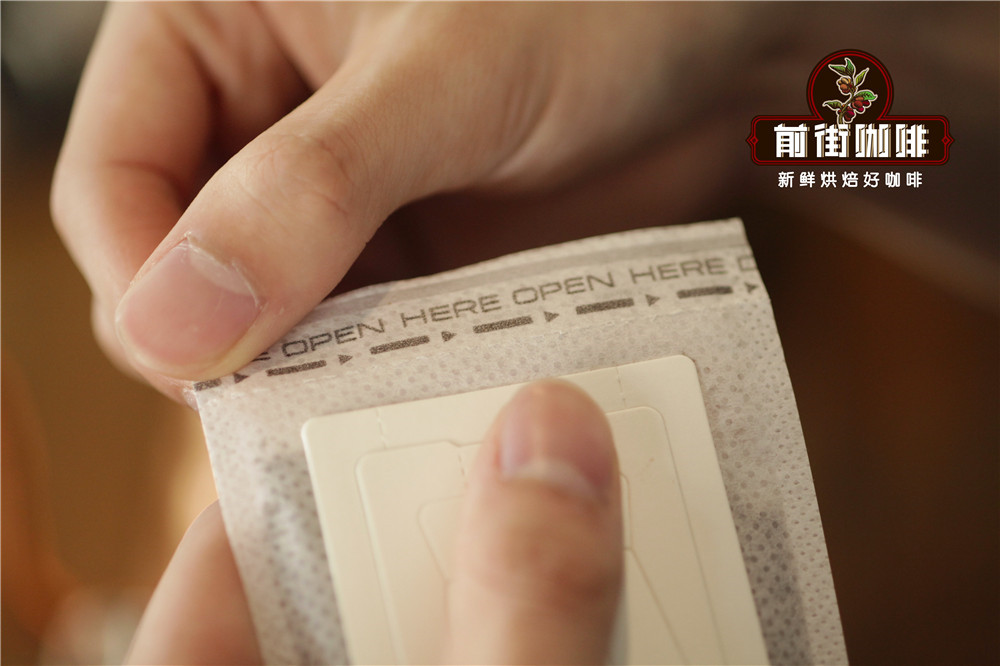What is the Kenyan NCE organization? An introduction to the auction system of Kenyan Coffee

It is also an equally famous coffee producer in Africa.
-Kenya
Kenyan coffee is undoubtedly the most complex coffee in the world, and this complexity is multifaceted.
First of all, starting from the simplest, coffee from this beautiful East African country has a huge bean shape and a variety of flavors, such as colorful mosaics, showing the impact of different planting areas, varieties, and processing methods on coffee flavor. Tasting the most delicious Kenyan coffee is like standing in a rainbow and tasting the color with your mouth open.
Second, the way the Kenyan market operates: dominated by the traditional auction system, it is not easy to buy small batches of coffee on specific independent plots. It is best not to have a bad tongue without a big heart. During the peak season, exporters, traders and buyers test 150,200 or more cups of coffee every day in preparation for a live bid in Nairobi.
Of course, these are the coffees that end up on the market, not counting the so-called "second window / channel" or "relationship / other channel" coffee samples (negotiate directly with the local raw bean representative or or the estate). Note, however, that direct procurement does not necessarily mean simple procurement
Where do Kenyan raw beans come from?
Kenya is a big exporter of coffee in Africa, and the importance of NCE in dealing with more than 90% of the raw beans in China at the auction can be seen in general. The auction field of raw beans of this scale has not emerged in recent years. The original auction system was established by the colonial mother country, Britain, to cater to its trade needs.
There are two main modes of trading coffee in Kenya:
At the Nairobi Coffee Exchange auction (central auction system), 85 per cent of coffee beans are traded through the auction system.
Or through direct trade (often referred to as the "second window"), only 15% of coffee beans are traded through direct trade.
After Kenya became independent, the auction became more transparent and legalized, and there was a weekly precedent. The better the quality of raw beans, the higher the price, ensuring the operation of the market mechanism. From the beginning of government control, after decades of transformation, legislation and the leadership of different organizations, NCE is now operating independently.
Part of the industrial chain: the organizational structure of Nairobi Coffee Exchange (NCE) (the following Nairobi Coffee Exchange will be referred to as NCE)
Nairobi Coffee Exchange (Nairobi Coffee Trade; Kenyan local bidding organization), Kenyan coffee is traded through this auction system. At present, the auction is held every two weeks, and the bidding meeting is held every Tuesday.
Twelve days before the bidding starts, the market agent will send the raw bean samples to NCE for presentation, giving the buyer enough time to select suitable items for cup test. Each bid will have hundreds of beans, sometimes more than a thousand, and the whole process takes almost a whole day, starting at 09:30 in the morning, all the way to four or five o'clock in the afternoon, without a break. Dozens of buyers in the venue buried themselves in the raw bean catalogue, while bidding and bidding kept recording the transaction price of each raw bean.
The current Kenyan coffee industry chain is roughly as follows: coffee farmers collect the coffee fruit and send it to the wet treatment plant, where the preliminary density classification is carried out, and then it is handed over to the market agent to classify the number of items in the dry treatment plant, which is divided into well-known AA, AB, PB, C, etc., and hand over the raw bean samples to NCE, attend the auction and provide the catalogue. In the auction, the buyer bid, bid to meet the demand of raw beans, and finally exported to foreign countries. From the above point of view, NCE belongs to the middle reaches of the entire industrial chain and provides an auction platform.
Kenyan coffee grading
Kenya coffee beans are strictly graded, mainly according to the size, shape and hardness of coffee beans, from high to low divided into AA or AA+, AB, PB, C, E, TT, T, selection can be used as a basis, but also based on the flavor of coffee.
Coffee size classification
AA is a class name of coffee raw bean currency, it mainly refers to the size of coffee beans, AA refers to coffee beans with larger particles, generally coffee beans with particles of more than 17 mesh (17 mesh = mesh diameter 6.75MM) AA size is 17 mesh and 18 mesh, AB is 15 mesh, 16 mesh.
AA grade with excellent quality (flavor, taste) in AA Plus (AA+) cup
AA particle size (Screen Size) 17 Murray 18 size
AB particle size (Screen Size) 15 Murray 16 size, accounting for the majority of production
C particle size (Screen Size) is smaller than that of AB.
TT blows lighter beans from AA and AB beans with an airflow filter.
T from C-grade beans, lighter beans blown by an airflow filter.
E Elephant Bean is a large mutant bean, also known as Elephant ear.
UG does not meet the above criteria
PB Peaberry, classified by appearance, independent of flavor weight
Important Notice :
前街咖啡 FrontStreet Coffee has moved to new addredd:
FrontStreet Coffee Address: 315,Donghua East Road,GuangZhou
Tel:020 38364473
- Prev

How do you make good cold coffee? Can hang-ear coffee bags do cold extraction? making tutorials
Cold extracted coffee, known as ColdBrewCoffee in English, is made of ground coffee beans soaked in cold water for at least 12 hours and filtered by professional utensils. If the alcohol thickness is higher, the time can also be extended to 24-48 hours. Low temperature and long extraction time are cold extraction coffee.
- Next

What is the Kenyan 72-hour fermentation washing method for the grading of Kenyan coffee farmers' cooperatives?
Kenya treatment is the same as honey treatment in Costa Rica and wet planing in Indonesia. Why not mention Kenyan coffee [K72 treatment]? [Kenyan-style 72-hour fermentation water washing treatment] originated in Kenya and adopted the cyclic repeated treatment method of washing after fermentation, which was made after the same day of harvest, and the best quality cherries were selected for peeling and fermentation. The fermentation time was 24 hours.
Related
- Detailed explanation of Jadeite planting Land in Panamanian Jadeite Manor introduction to the grading system of Jadeite competitive bidding, Red bid, Green bid and Rose Summer
- Story of Coffee planting in Brenka region of Costa Rica Stonehenge Manor anaerobic heavy honey treatment of flavor mouth
- What's on the barrel of Blue Mountain Coffee beans?
- Can American coffee also pull flowers? How to use hot American style to pull out a good-looking pattern?
- Can you make a cold extract with coffee beans? What is the right proportion for cold-extracted coffee formula?
- Indonesian PWN Gold Mandrine Coffee Origin Features Flavor How to Chong? Mandolin coffee is American.
- A brief introduction to the flavor characteristics of Brazilian yellow bourbon coffee beans
- What is the effect of different water quality on the flavor of cold-extracted coffee? What kind of water is best for brewing coffee?
- Why do you think of Rose Summer whenever you mention Panamanian coffee?
- Introduction to the characteristics of authentic blue mountain coffee bean producing areas? What is the CIB Coffee Authority in Jamaica?

